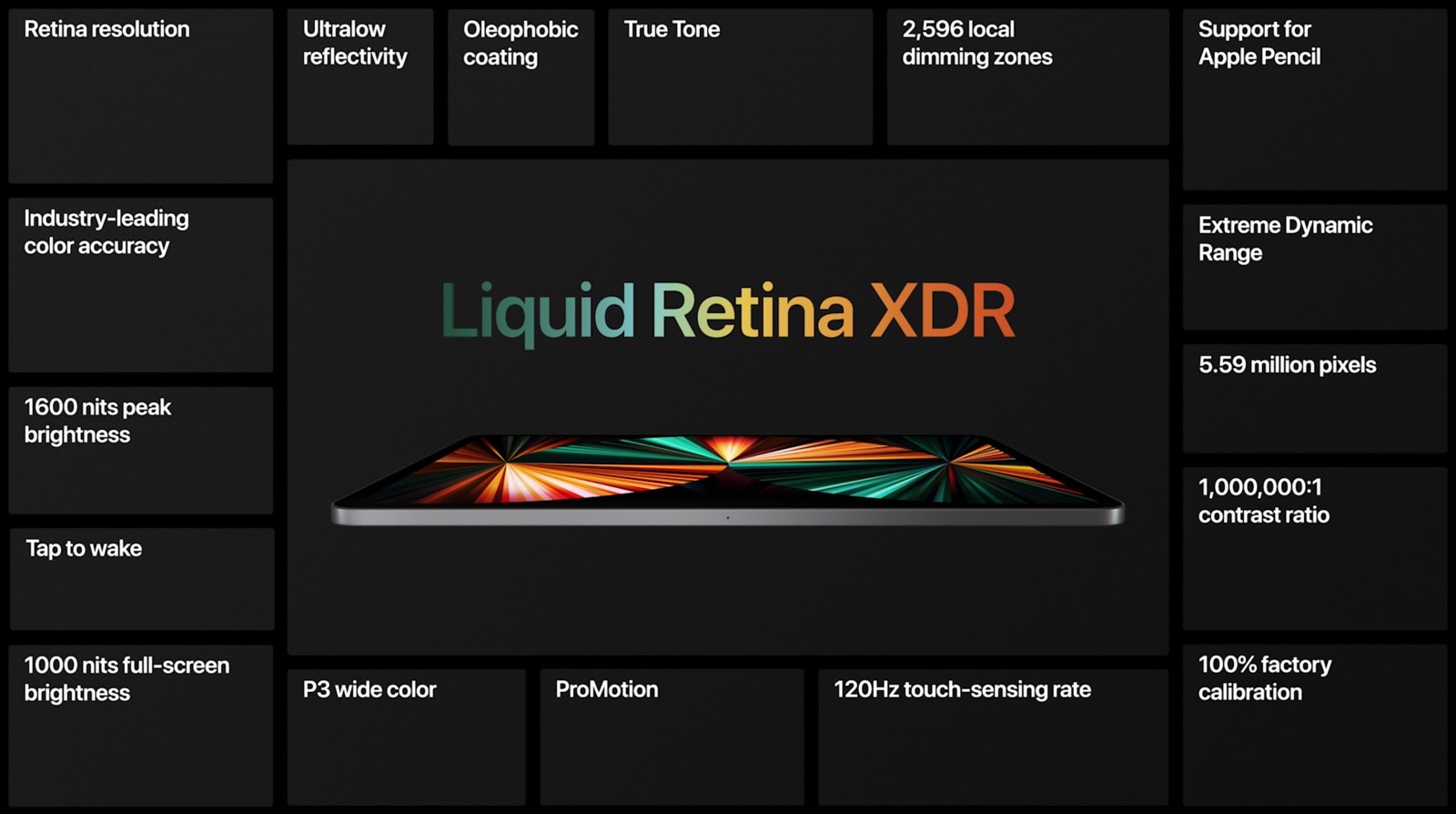With February almost over, we’re entering iPad Pro OLED launch territory. Apple will unveil the next-gen iPad Pro models at some point in March, according to reports. The highly-anticipated iPad Pro refresh will bring a few significant upgrades. We’re not just looking forward to the M3 chip. The new generation of iPad Pro tablets will be Apple’s first to feature OLED screens.
Word on the street is that these iPad Pro OLED screens will be thinner and lighter than ever. They’ll feature new two-stack tandem technology that will improve the panels’ brightness, image quality, and lifespan.
Apparently, Samsung and LG are already mass-producing OLED panels for Apple, with each company assigned to one of the two sizes. The OLED iPad Pro will reportedly come in 11-inch and 13-inch flavors. But each supplier also wants in on the action for the other size. Apple might reassign supply duties after the first initial batch of sales.
That competition is great news to me, a longtime MacBook user and someone who isn’t dying to get an iPad Pro OLED model. Those large OLED screens that LG and Samsung are currently manufacturing might graduate from the iPad and move to the MacBook in the not-too-distant future.
That’s what rumors say, anyway: that the MacBook is next in line to get OLED screens. It will all depend on how well Samsung and LG get at manufacturing large-screen OLED panels for Apple. It might also depend on production yields and prices.
Make no mistake, the OLED upgrade will not come cheap. The iPhone’s OLED upgrade came with a steep price hike. Samsung’s OLED panels for the iPhone X were among the handset’s most expensive components. Apple gradually moved its entire lineup to OLED panels, expanding the list of suppliers to LG and BOE.
Samsung vs. LG

The next OLED race will concern tablets and laptops. Apple’s adoption of OLED might move the entire market to follow. Even though we already have tablets and laptops with OLED screens, these account for a limited market share.
Korean outlet The Elec says that only 2% to 3% of the combined tablet and laptop market feature OLED panels in a story covering the upcoming competition between Samsung and LG over displays for the OLED iPad Pro.
The Elec has learned that Samsung Display will be the exclusive maker of the first batch of 11-inch OLED panels for the iPad Pro. LG Display gets to be the only manufacturer of 13-inch screens that will power the larger model. Apple might change things after the first batch run. The report makes it sound like each of the two suppliers is dying to get more orders.
The initial batch of iPad Pro OLED panels covers the number of screens that Apple needs to cover sales in major markets worldwide after the product launch.
Samsung started production of the 11-inch panel early last month, with LG starting its 13-inch manufacturing process. LG was also supposed to make 11-inch OLED panels, but that’s no longer on the cards. Samsung reportedly started preparing a project for manufacturing 13-inch screens.
LG was supposed to get the lion’s share of the iPad Pro OLED panel supply. But that doesn’t appear to be the case now that each company is working on one display size.
The reasons for the change seem to be multiple. For example, Apple has reportedly dropped its sales target from 10 million units to 8 million for the year. Moreover, the production capacity of LG and Samsung might be limited. Also, yields might be lower as we’re looking at first-gen OLED panels for the 11-inch and 13-inch tablets.
Is the MacBook next?

Interestingly, Samsung demoed large-screen OLED panels at CES in early January. The Korean giant introduced the ultra-thin (UT) panels, saying the displays are about as thick as a business card (image above). I speculated at the time that we might be looking at OLED display tech that Samsung is about to use to manufacture the iPad Pro screens Apple needs.
I also said recently that I’m not likely to pay a sky-high price for the iPad Pro OLED just because it rocks an OLED panel. Even though the OLED display will be a huge upgrade over the LCS and mini LED panels (Liquid Retina XDR) Apple is using right now. That’s because the iPad Pro still can’t replace the MacBook for my needs. Since then, reports emerged saying the iPad Pro OLED price hike will be a lot more palatable.
But add OLED panels to MacBooks, and the conversation changes. That is an upgrade I’d be willing to pay more money for. Then again, Apple pitting Samsung against LG will have the added benefit of lowering prices for large-screen OLED panels in the following years. And I’d bet BOE is also watching closely, looking to get into Apple’s supply line.
The Elec also mentions the MacBook getting OLED panels. With OLED iPads, OLED MacBooks might move the entire industry towards adopting OLED screens in competing devices.
Whether I get an OLED iPad Pro, I’ll still have to wait a while for the first-gen OLED MacBooks. The most recent, from the same Korean source, estimate suggests a 2027 launch for the first MacBook with an OLED screen.








